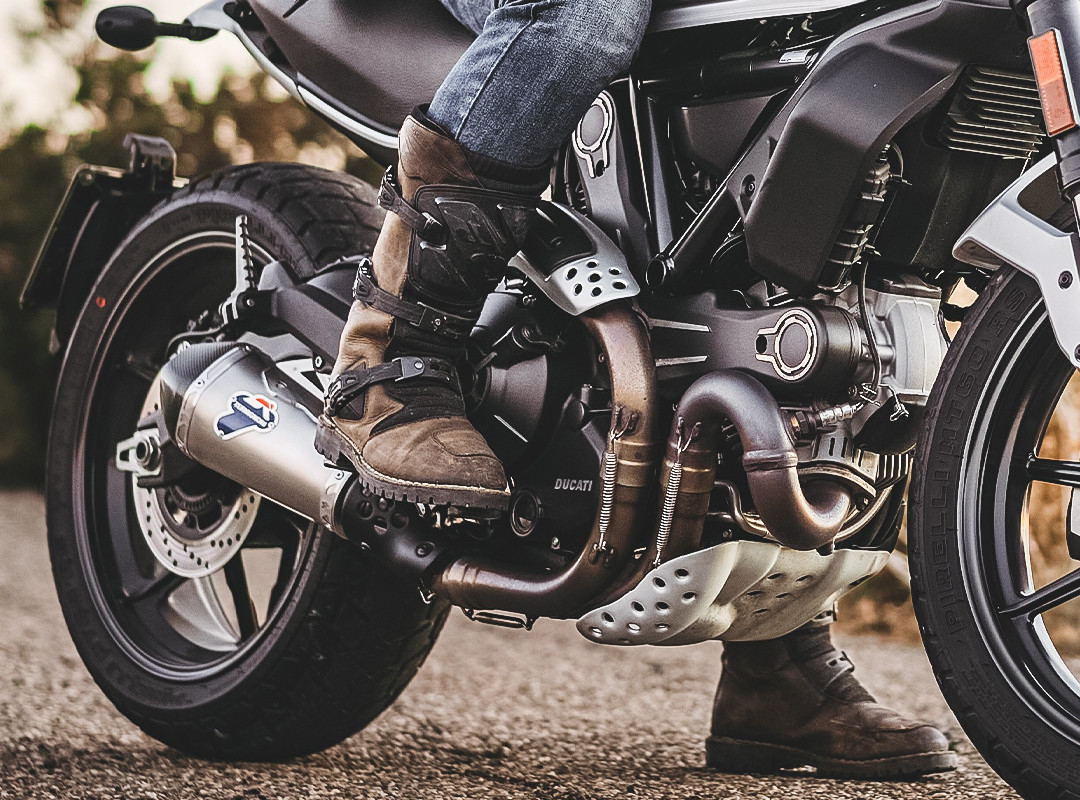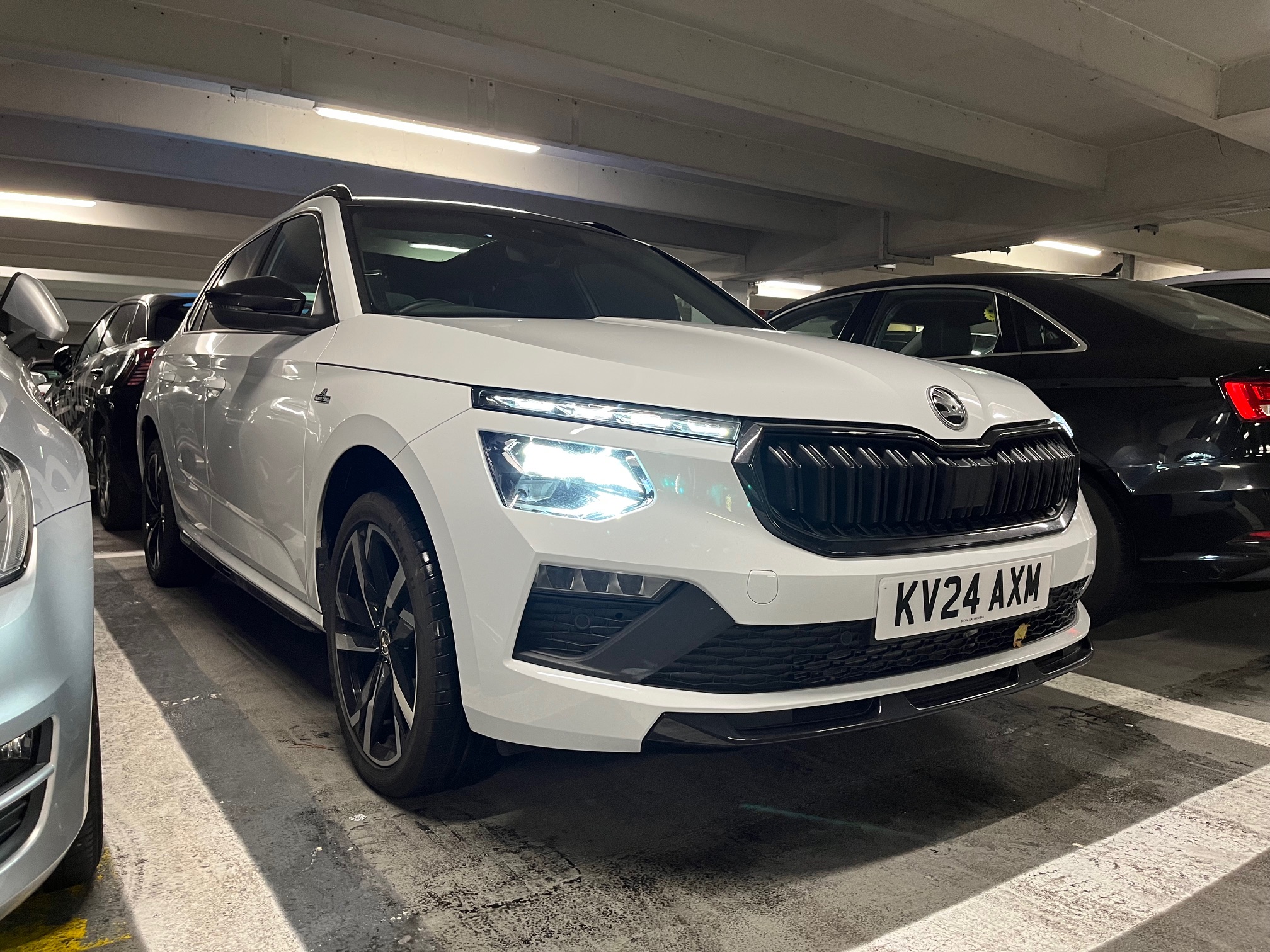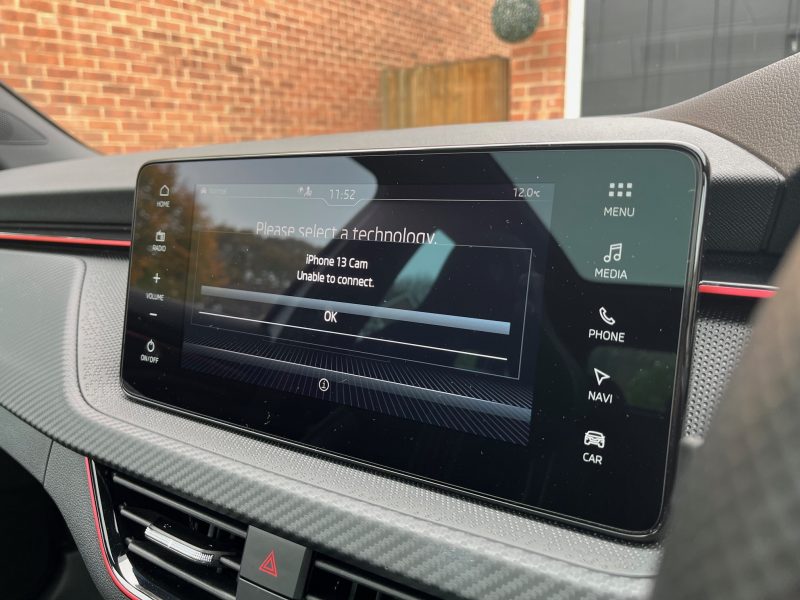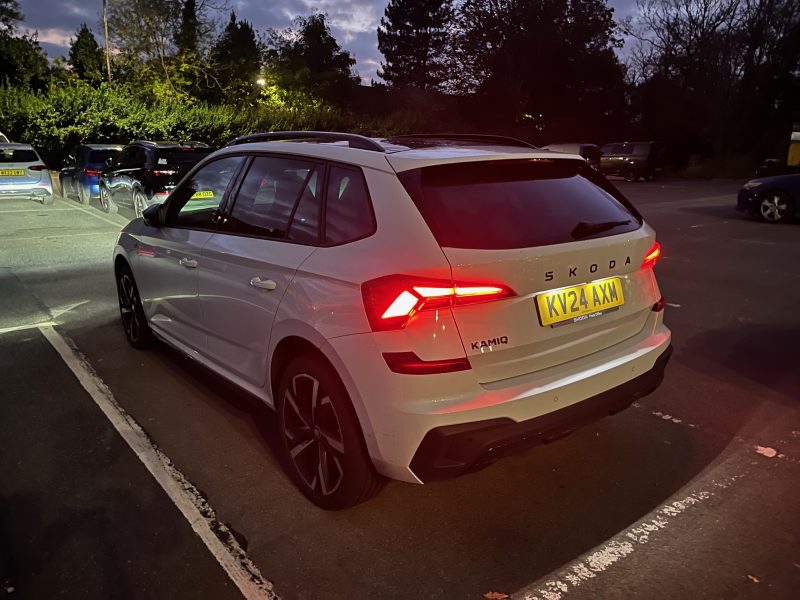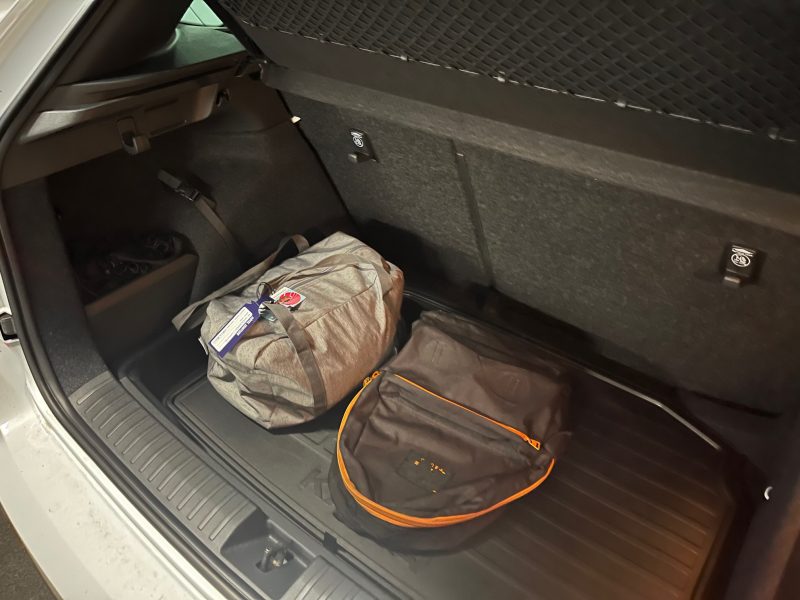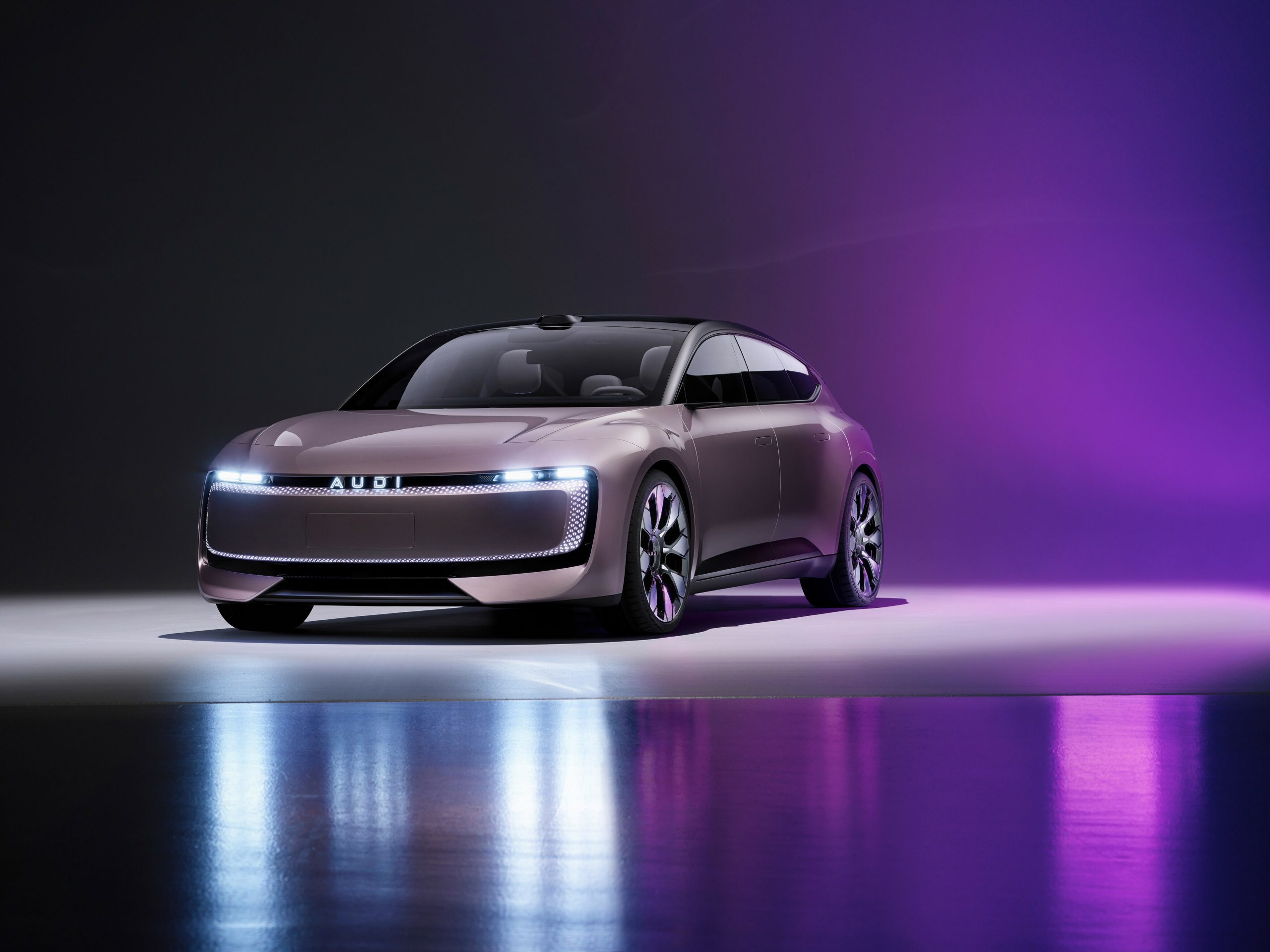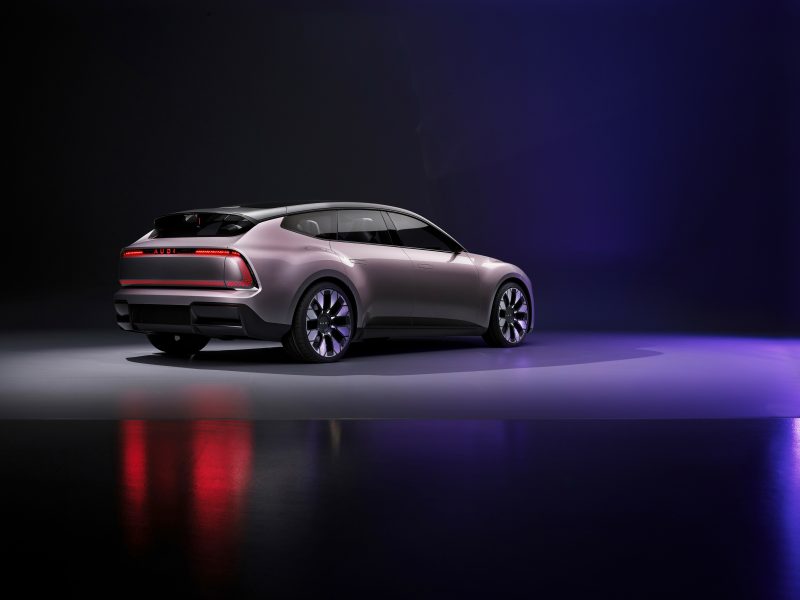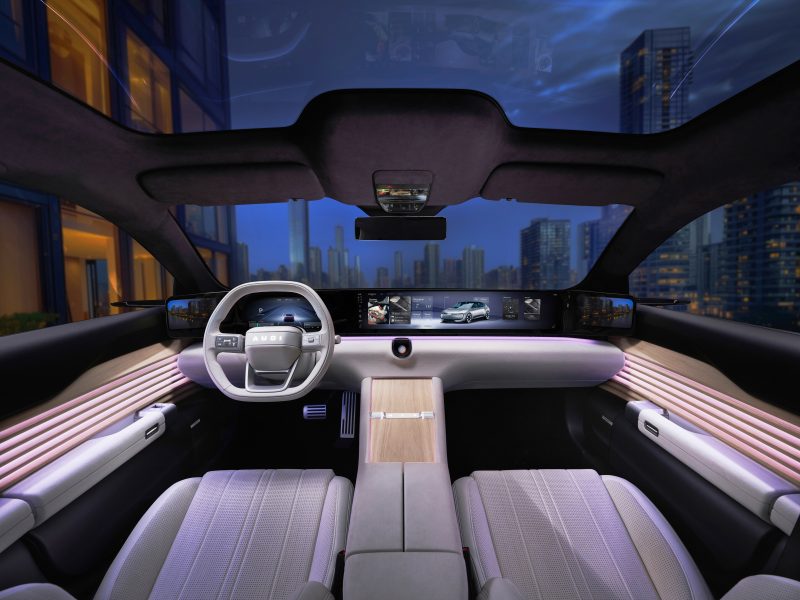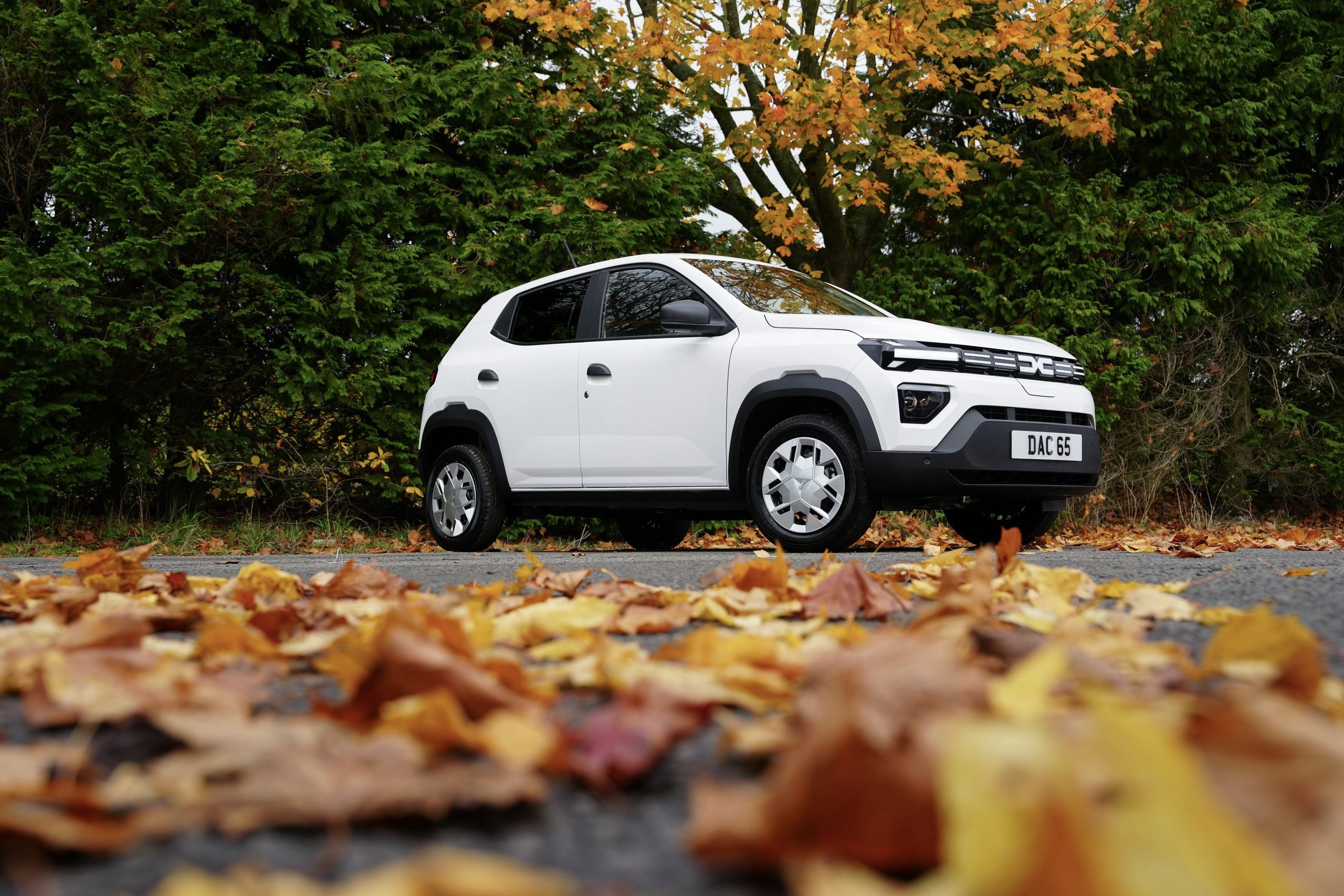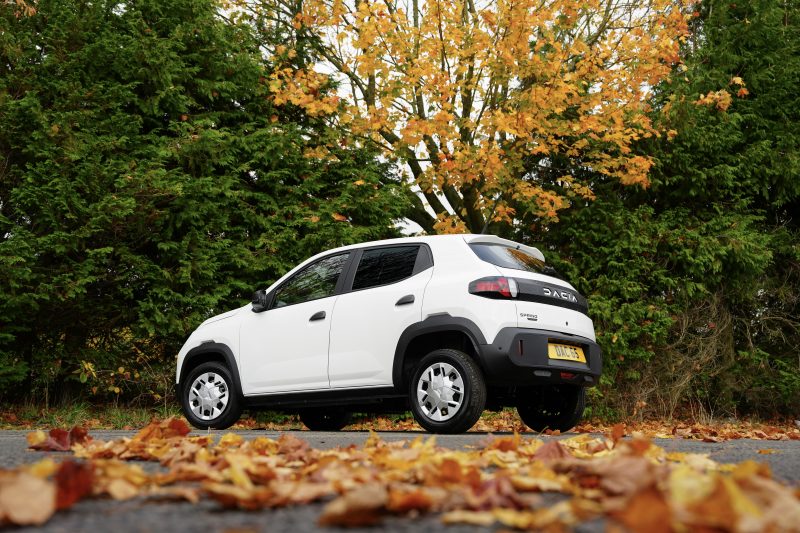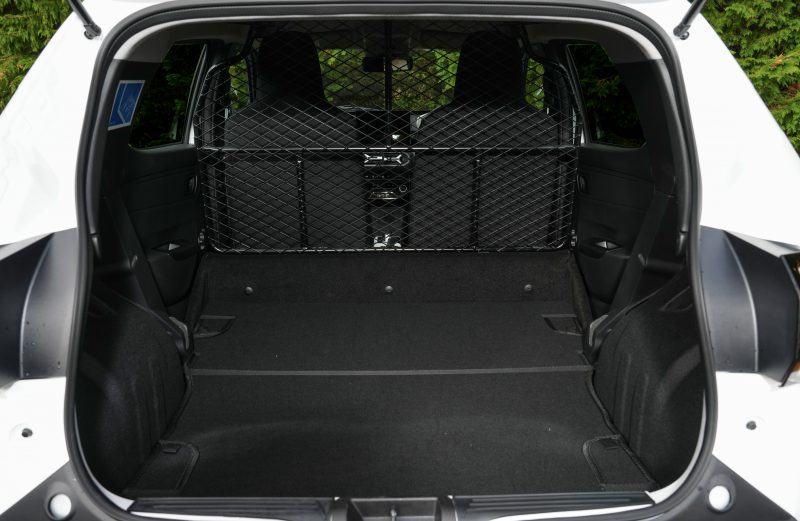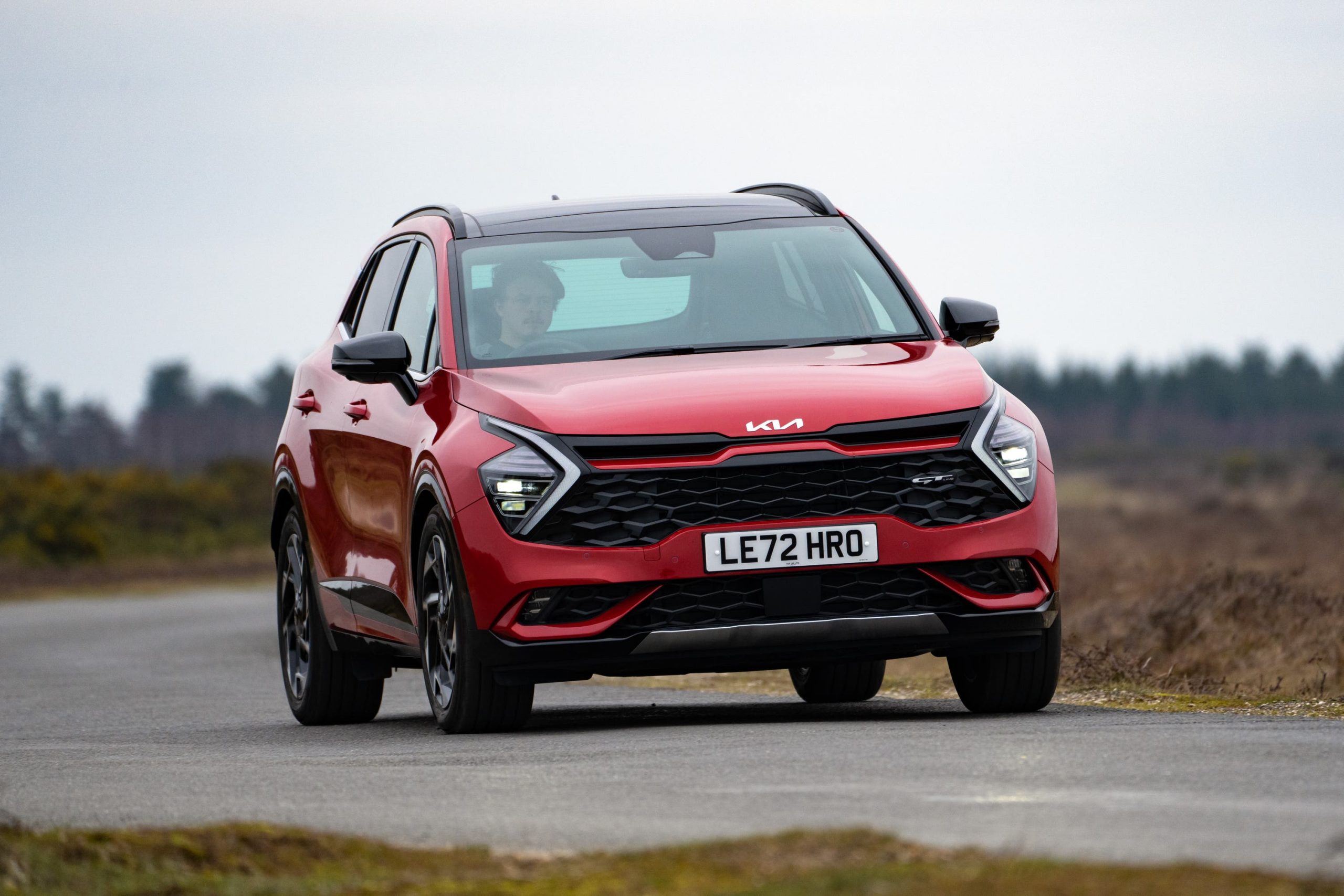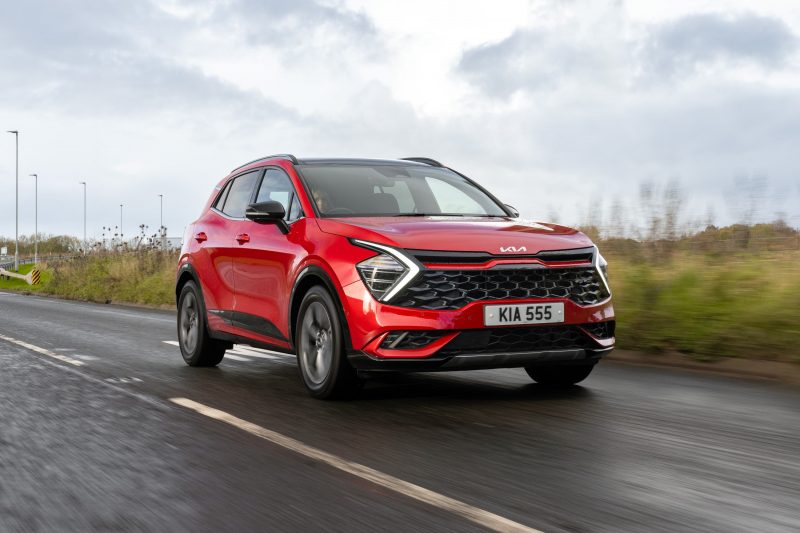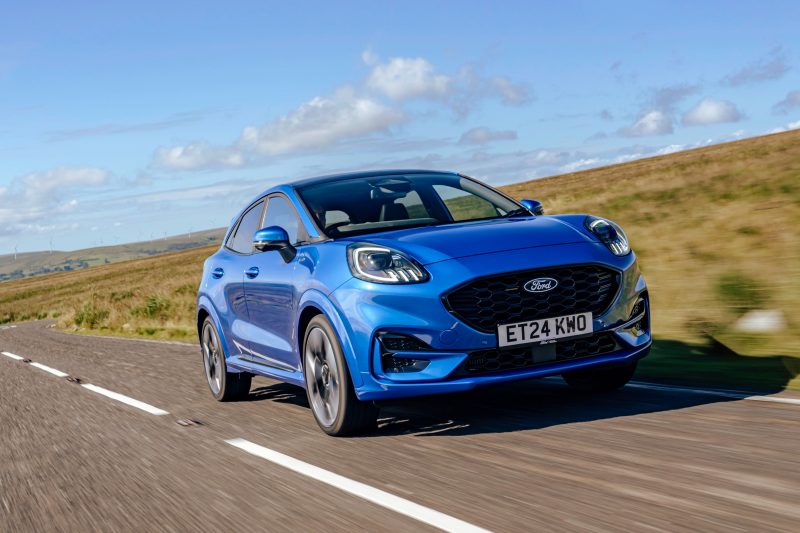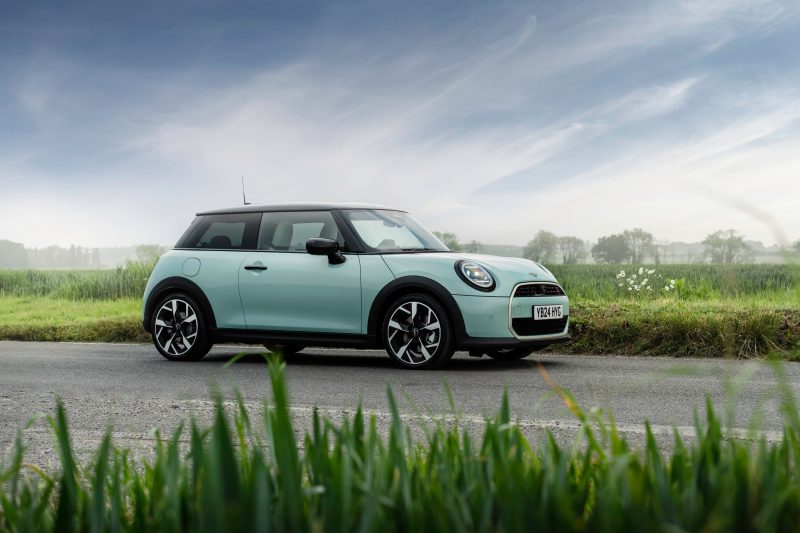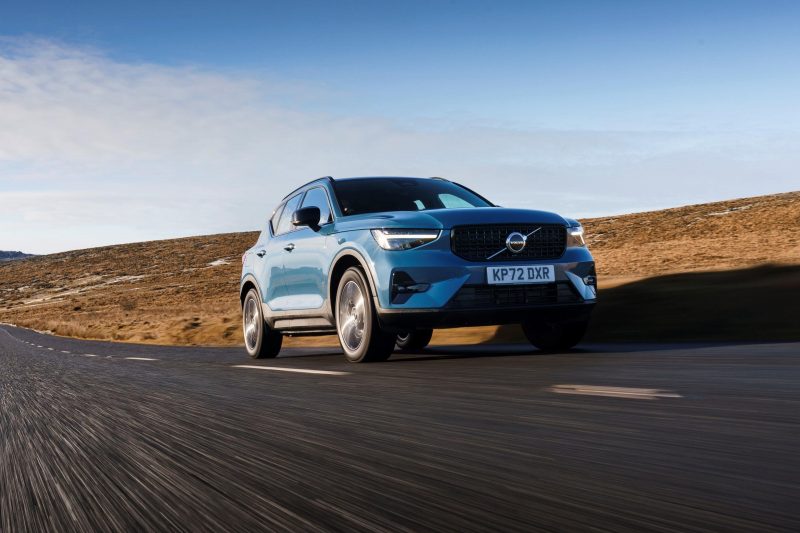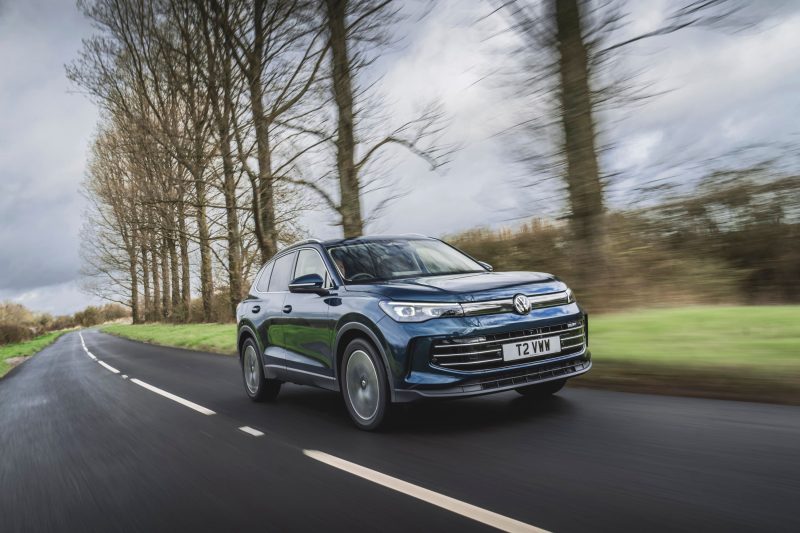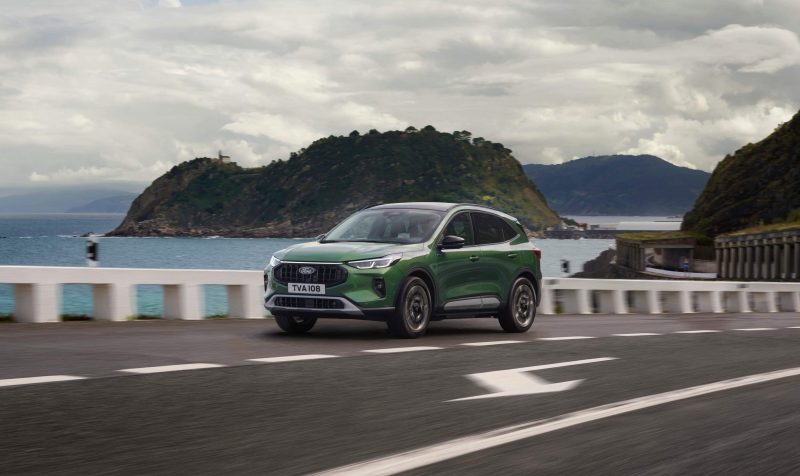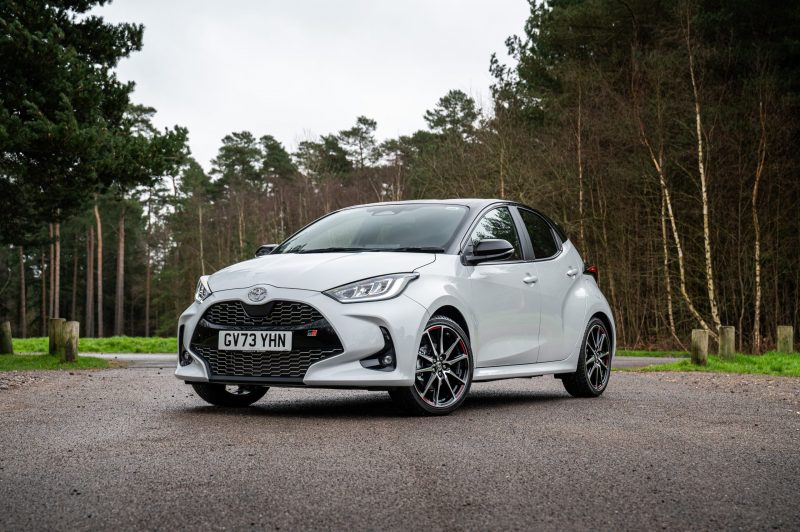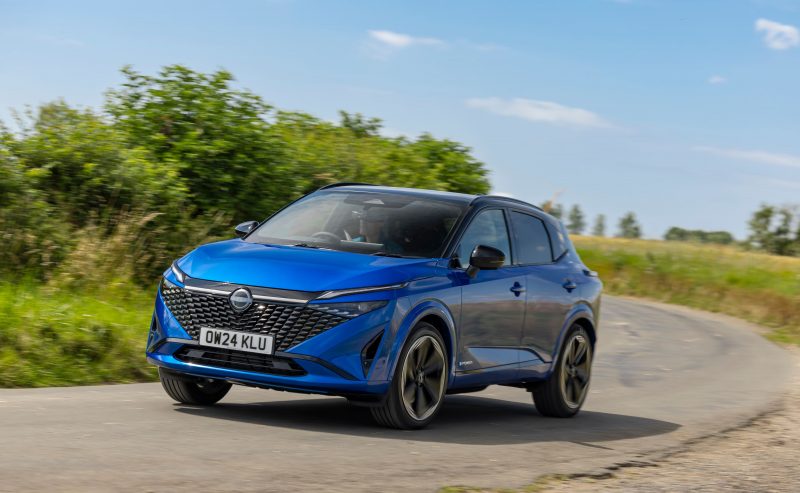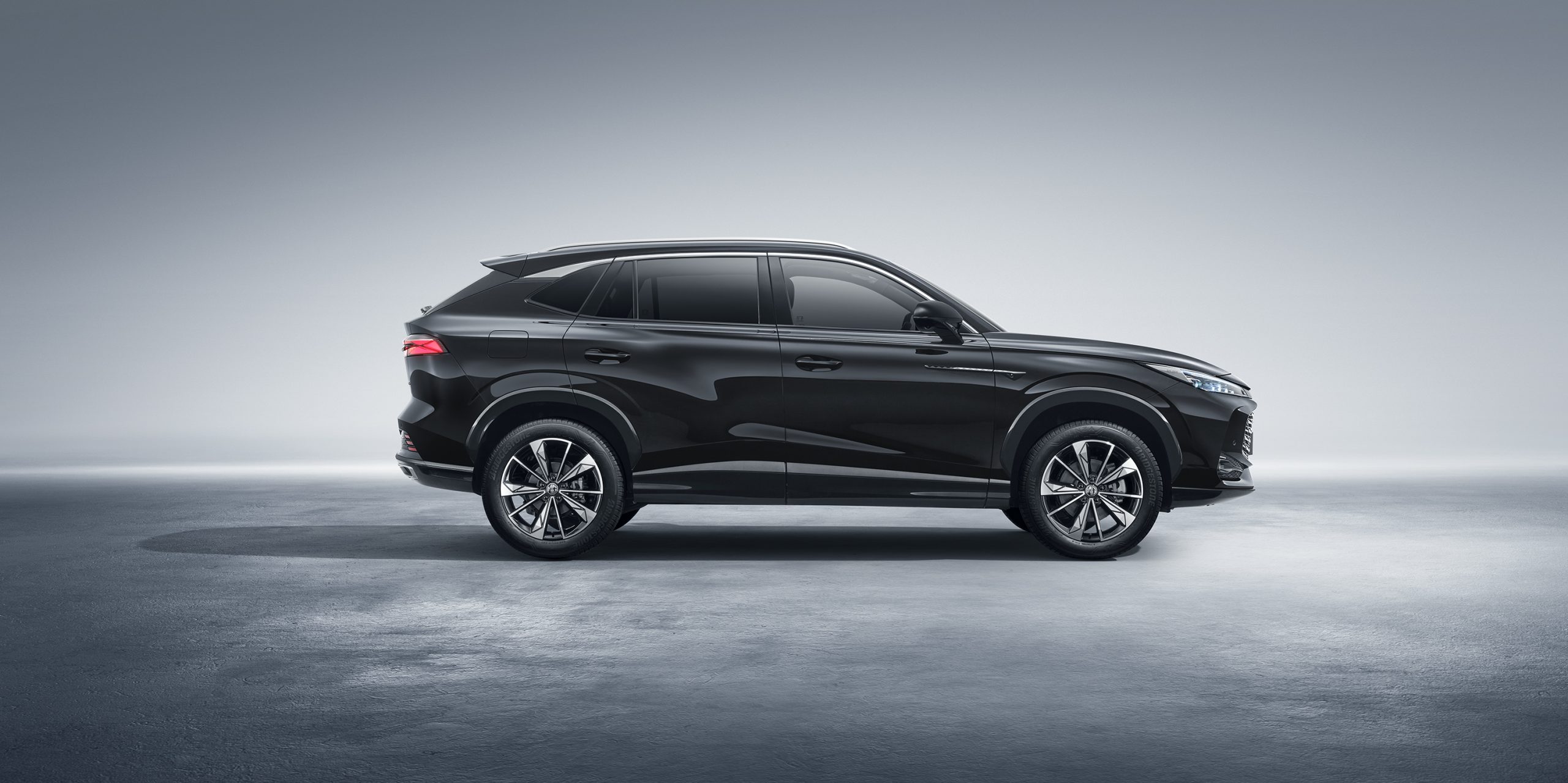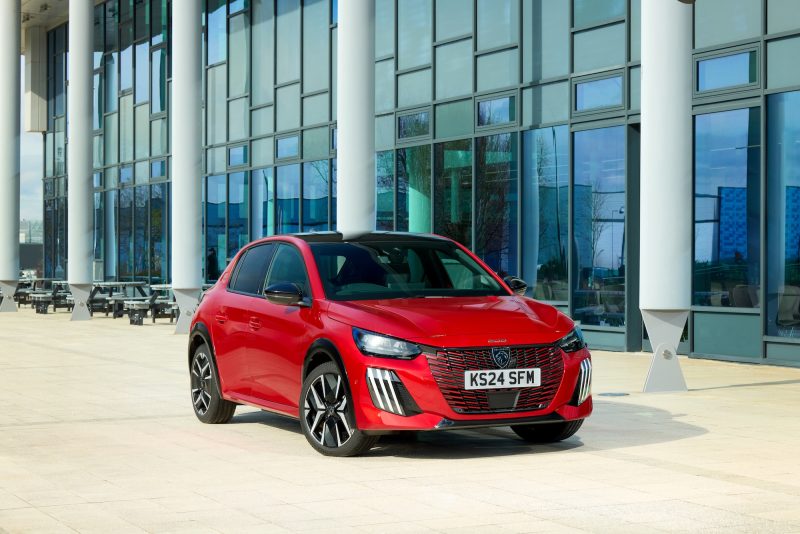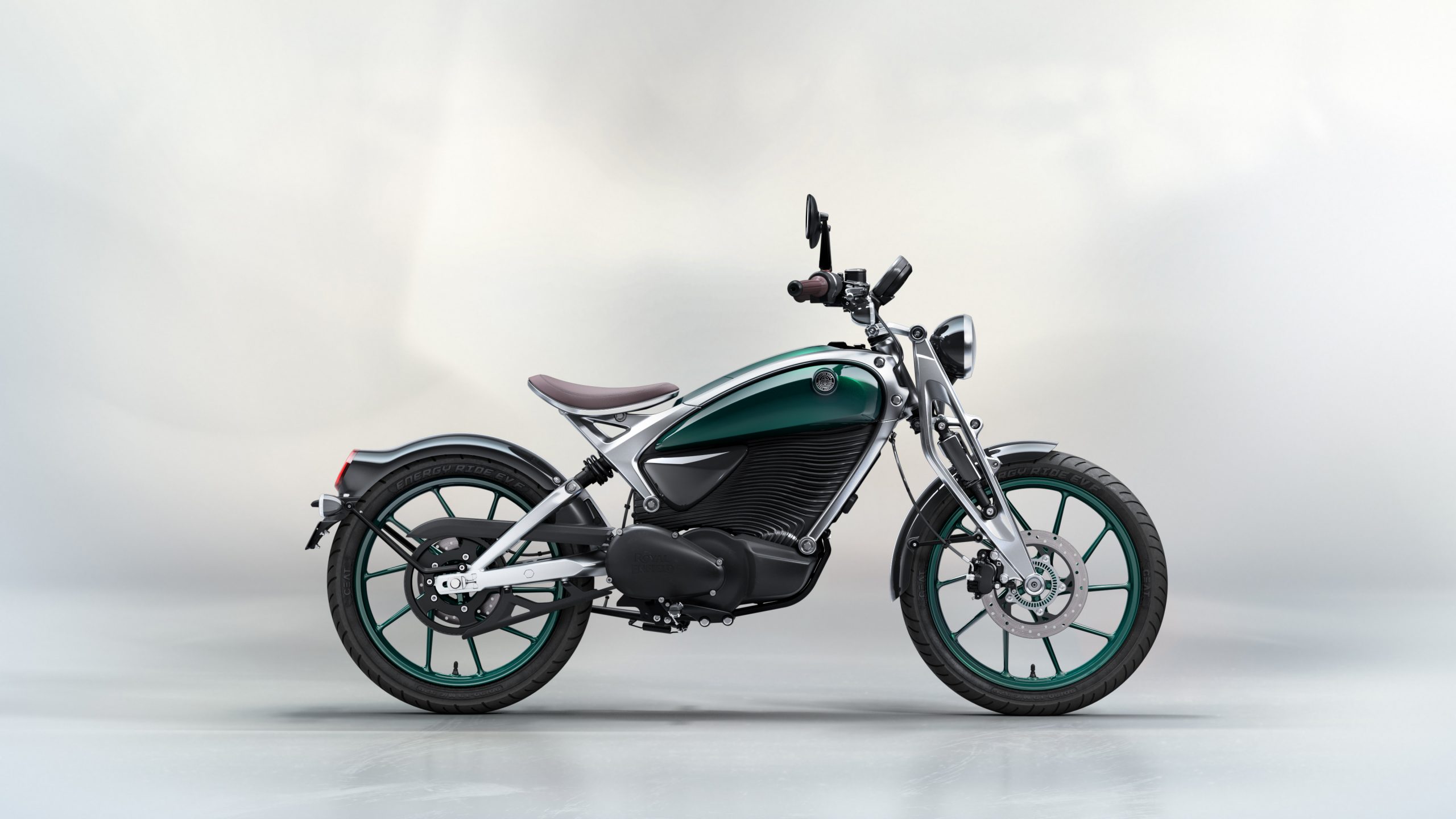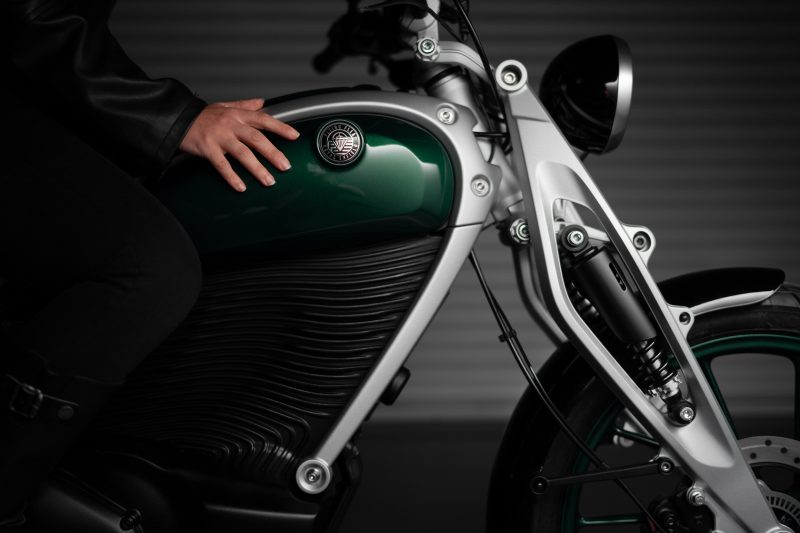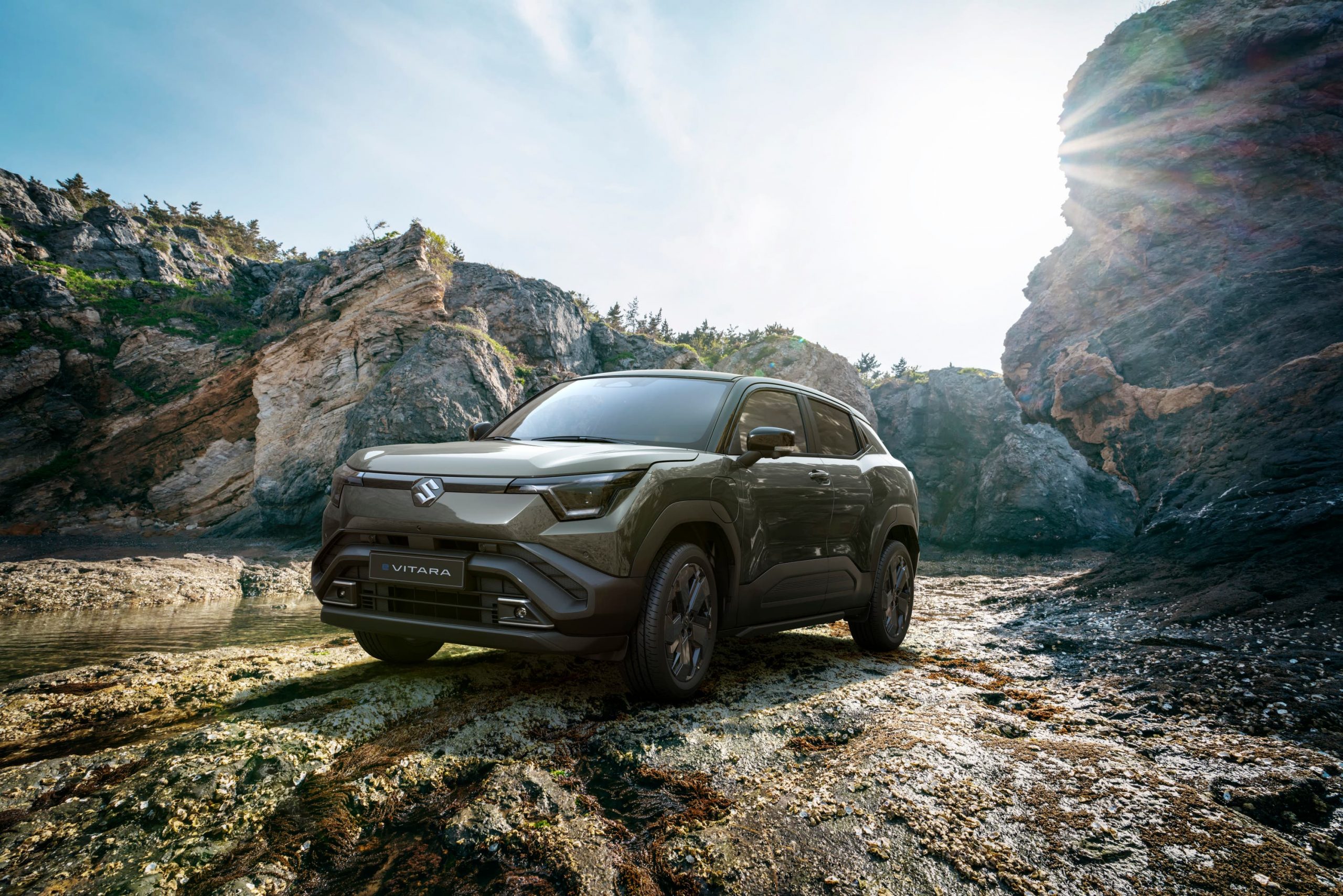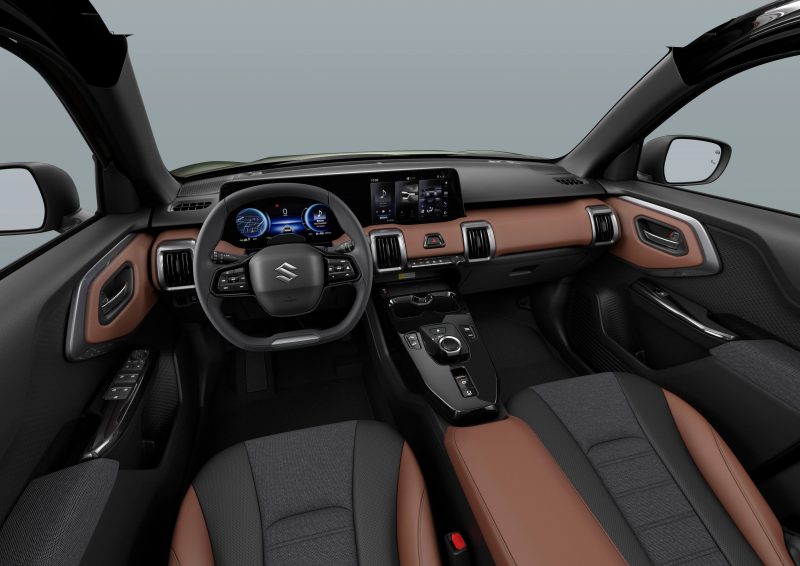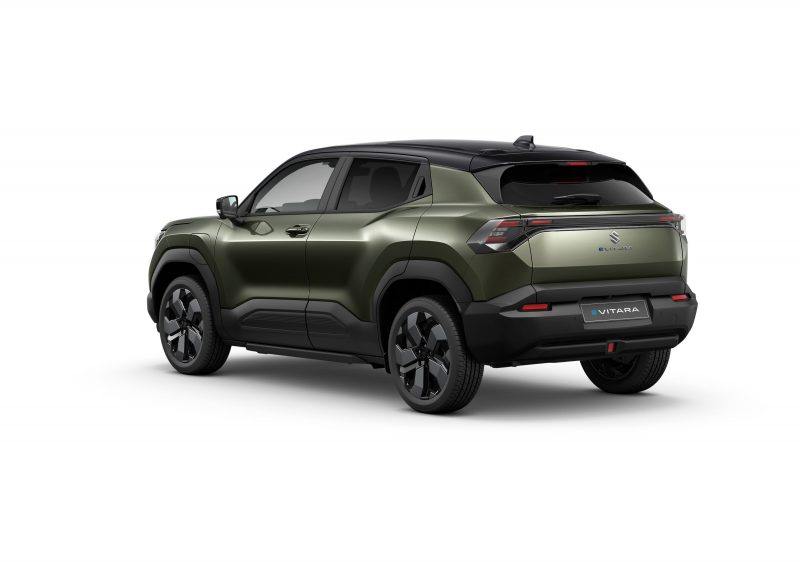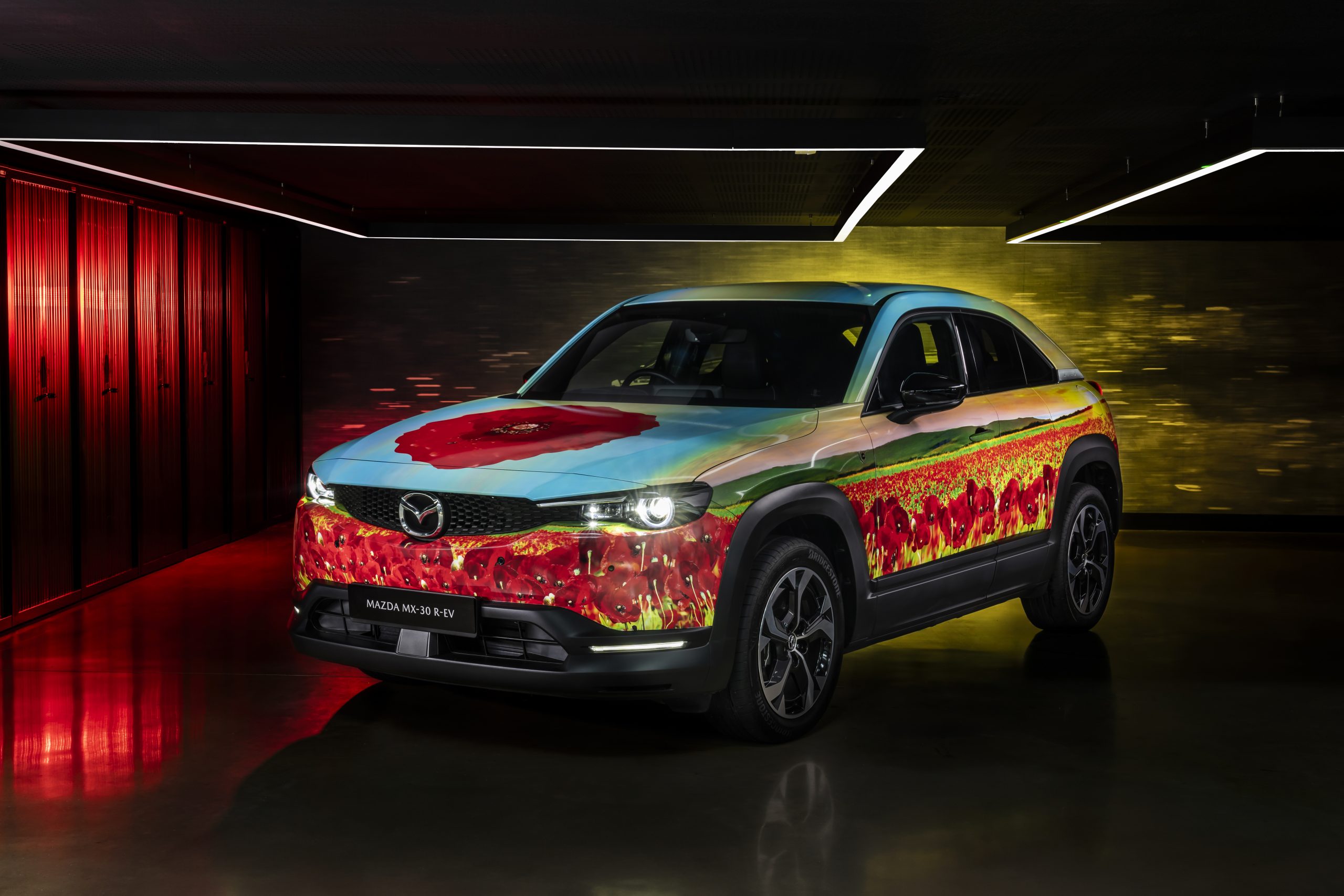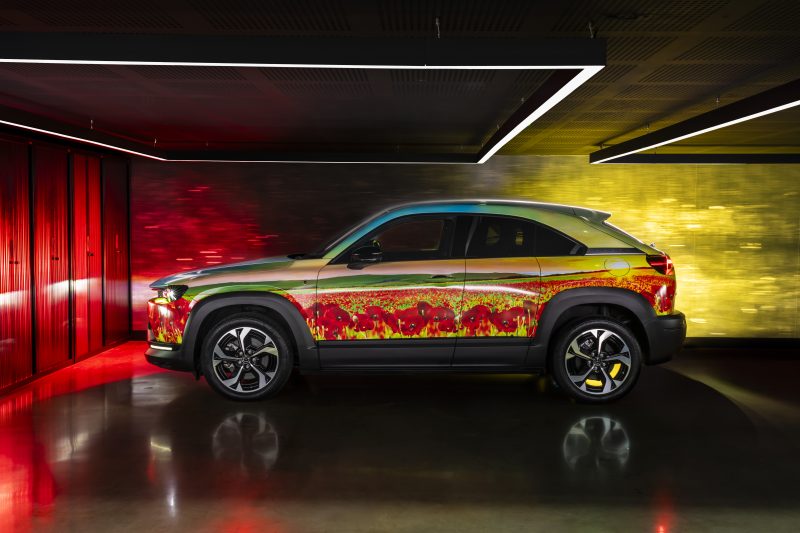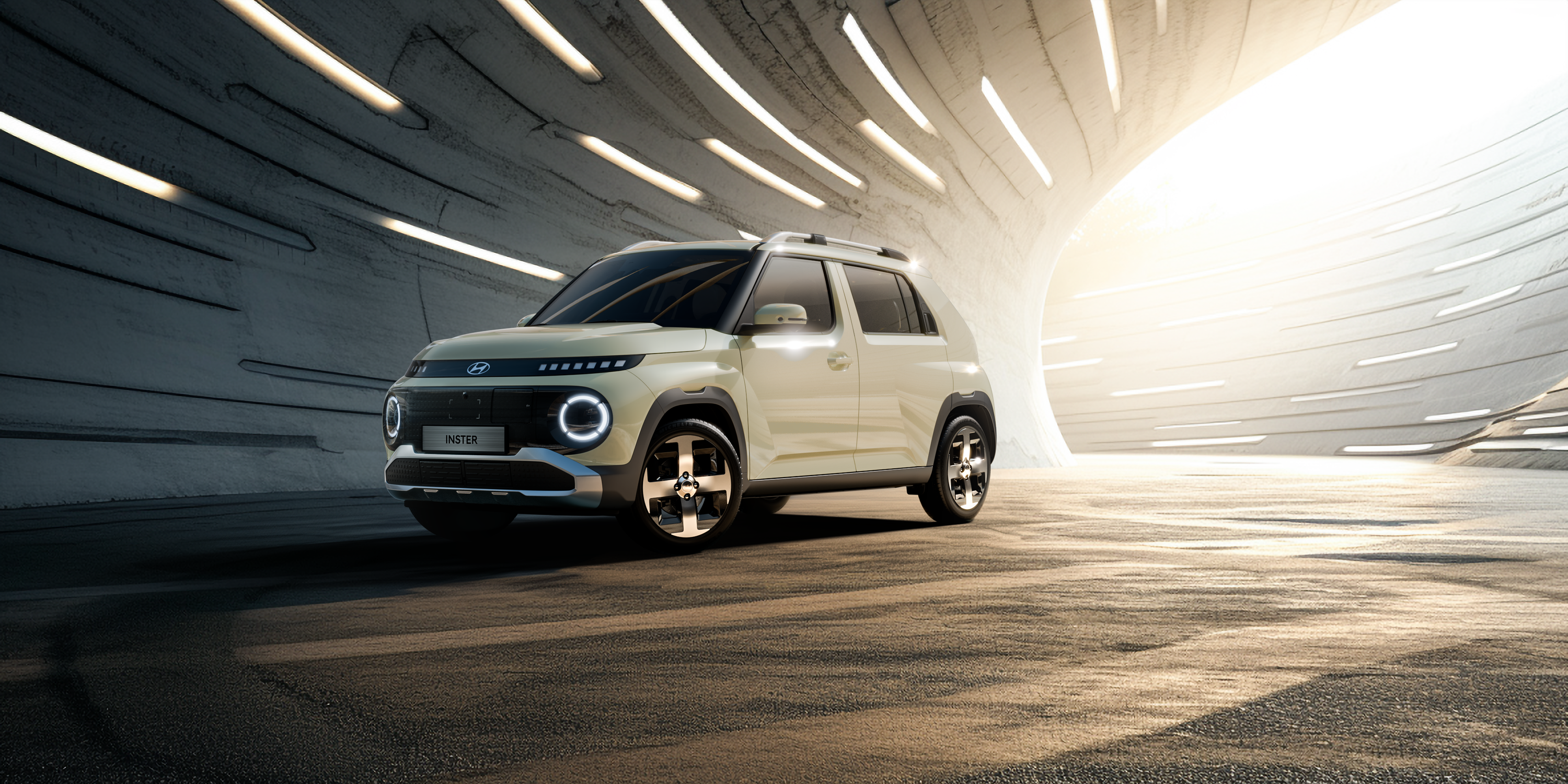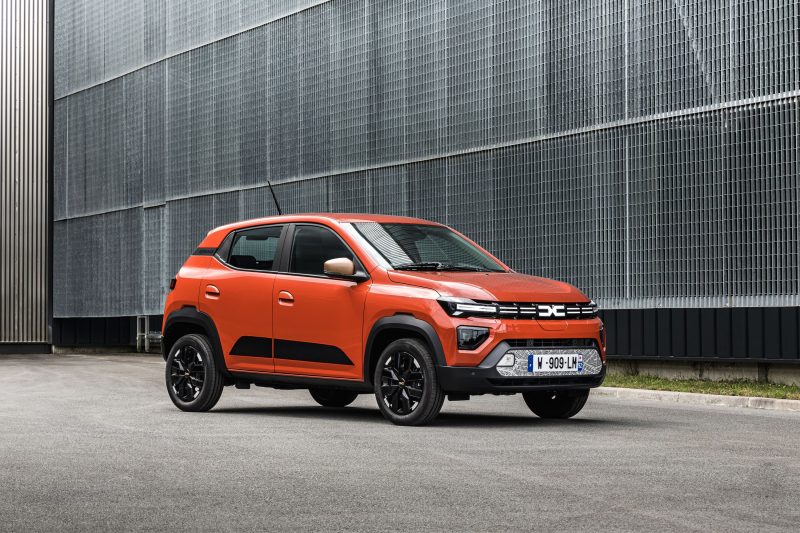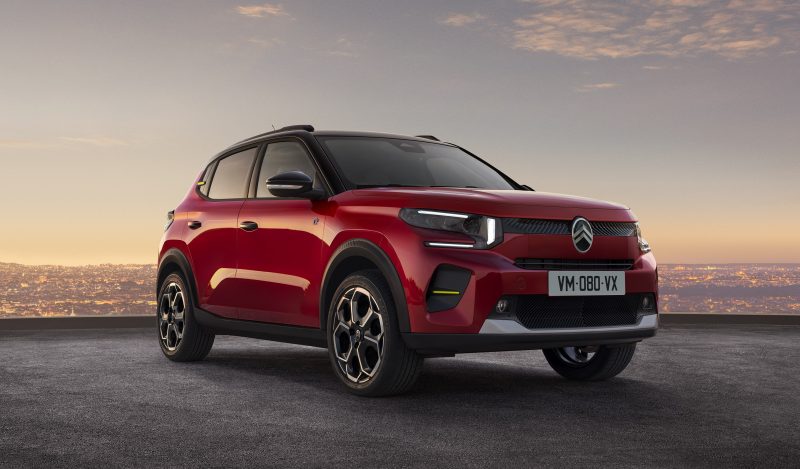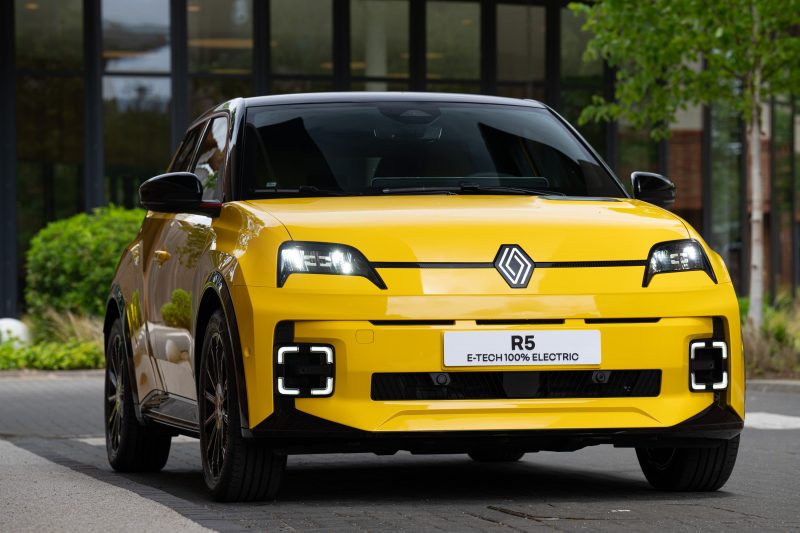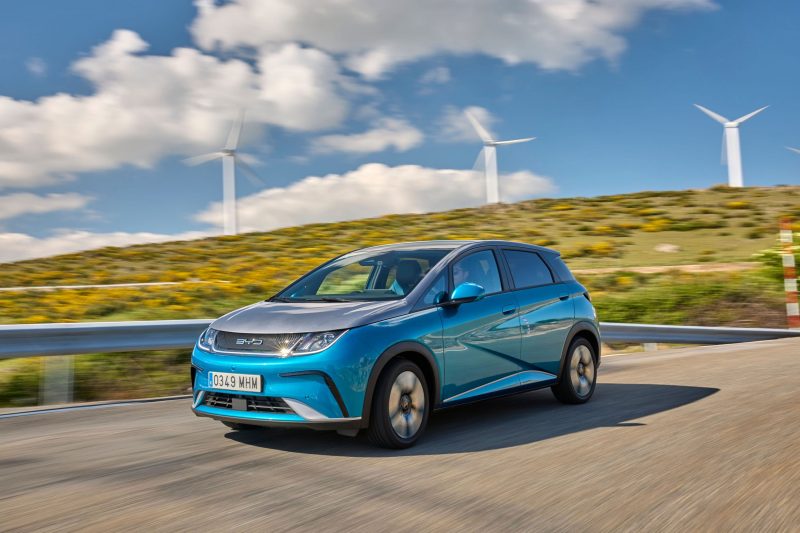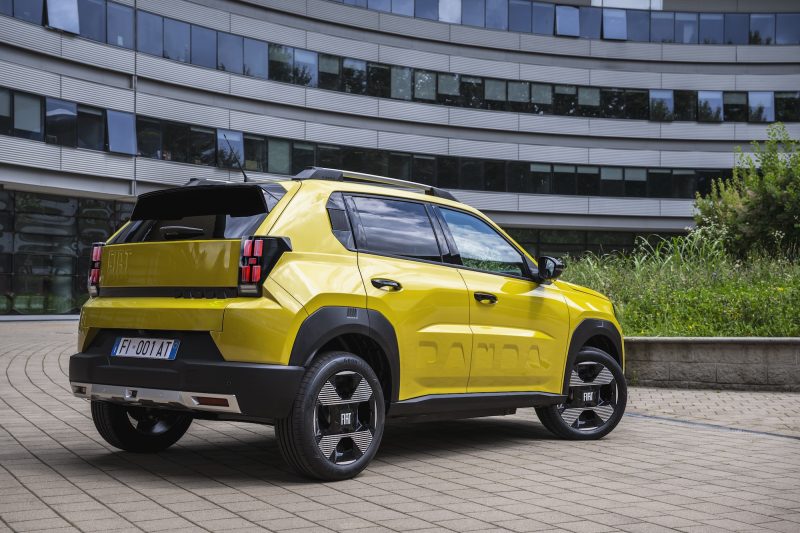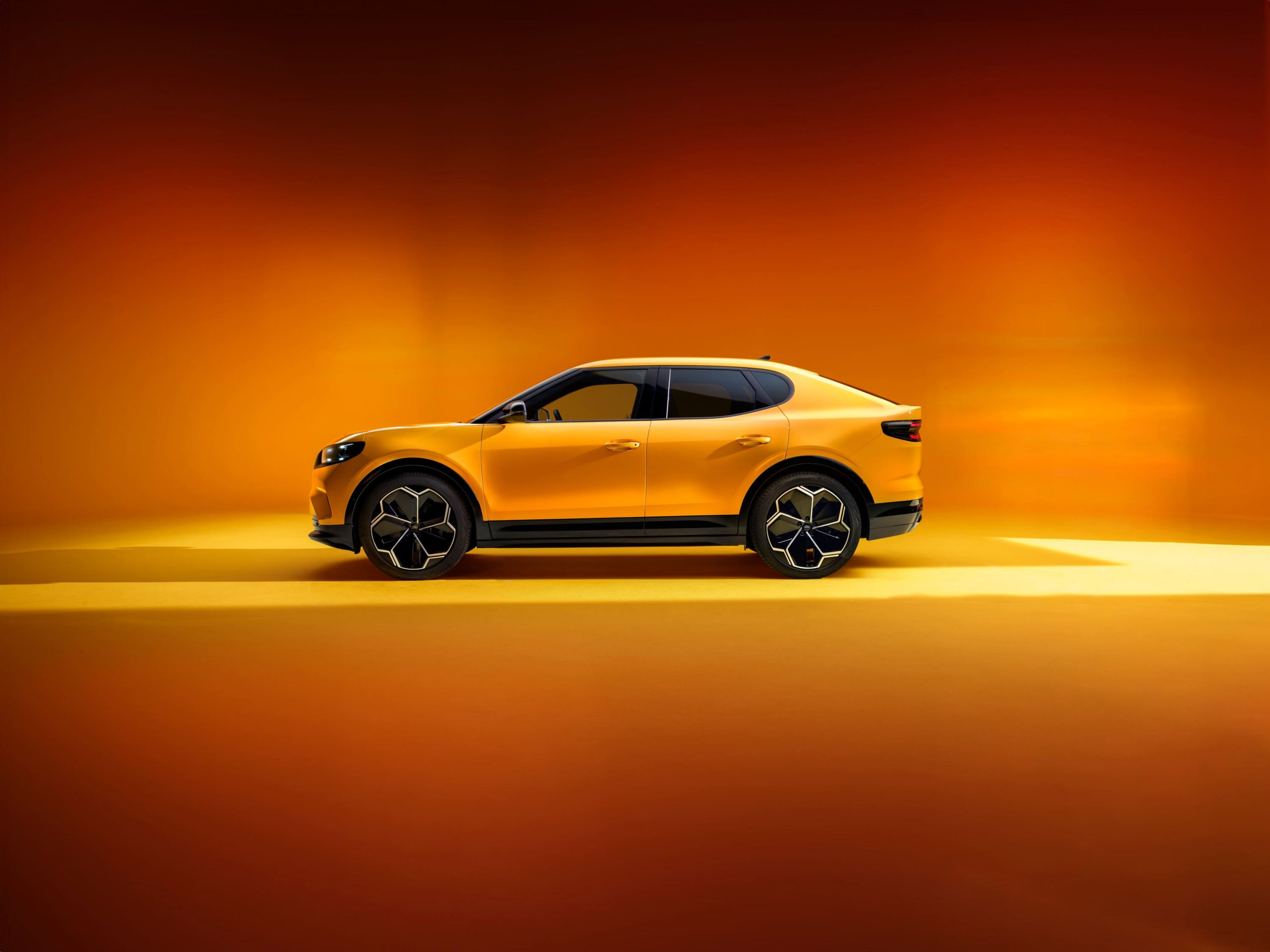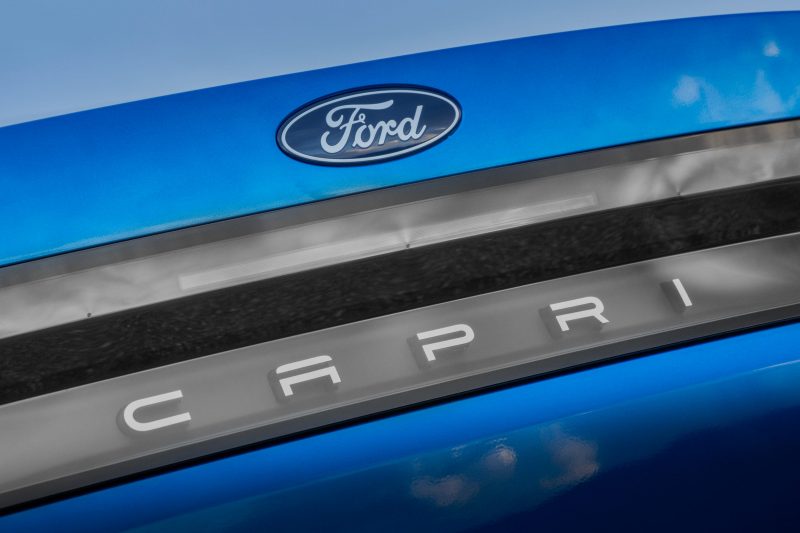Travelling on two wheels can be a tricky thing to do when it starts to get chilly. Naturally, the cold has a big impact and though the UK’s autumn has been relatively mild, it’s only likely that the temperatures will continue to fall as we head towards winter proper.
But if you want to keep motoring along during these chillier months, there are some things which can help to take the edge off. We’ve picked out some of the best bits of kit to check out today.
Vanucci VC-3 Gloves – £89
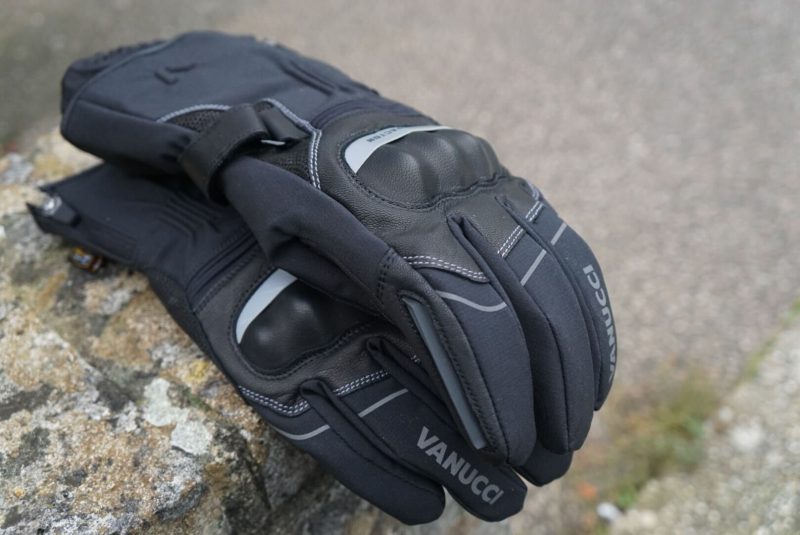
Your hands are often bearing the brunt of the cold weather when you’re on a motorcycle, so a good pair of gloves is a great place to start when equipping yourself for chilly temperatures. These Vanucci VC-3 gloves have a classic leather covering, but with a breathable wind- and waterproof membrane, they’re able to tackle some seriously cold conditions.
There’s a fleece lining for extra comfort while the index finger and thumb receive a conductive material so you can still use a smartphone or touchscreen while wearing the gloves.
Shark Skwal i3 – £259.99
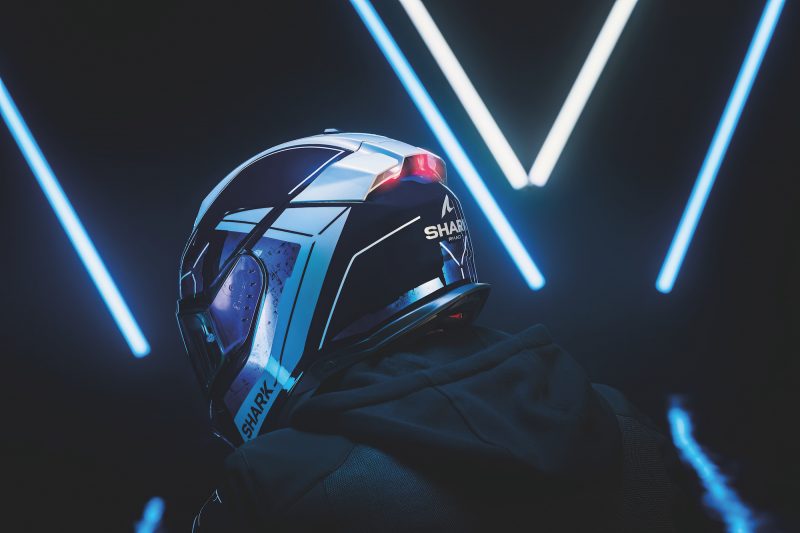
Another element to consider during autumn and winter riding is longer hours of darkness. Staying visible is essential and the Skwal i3 helmet from Shark has a clever bit of technology which helps to differentiate it from other models on the market.
It’s a helmet with integrated LED lights, in fact, with white ones at the front and red ones at the back which stay illuminated at all times. However, an in-built accelerometer can detect when the rider is slowing down quickly and will flash the rear lights to help alert other road users.
Belstaff Crosby – £495

Sometimes a little bit of old-school knowledge can help to keep the worst of the weather at bay and there are few more classic motorcycle riding gears than a Belstaff jacket. The Crosby is one of the brand’s most popular and as well as its classic British Millerain technical waxed cotton exterior, it’s backed up by a fully breathable and waterproof membrane which can help to keep the worst of the weather out and the heat in.
On the protection front, the Crosby gets D30 shoulder and elbow armour while a pocket at the back provides space for a protector there, too. Plus, an optional Belstaff pop-in thermal liner can help boost this jacket’s warmth even further.
Richa Colorado Pro trousers – £289.99
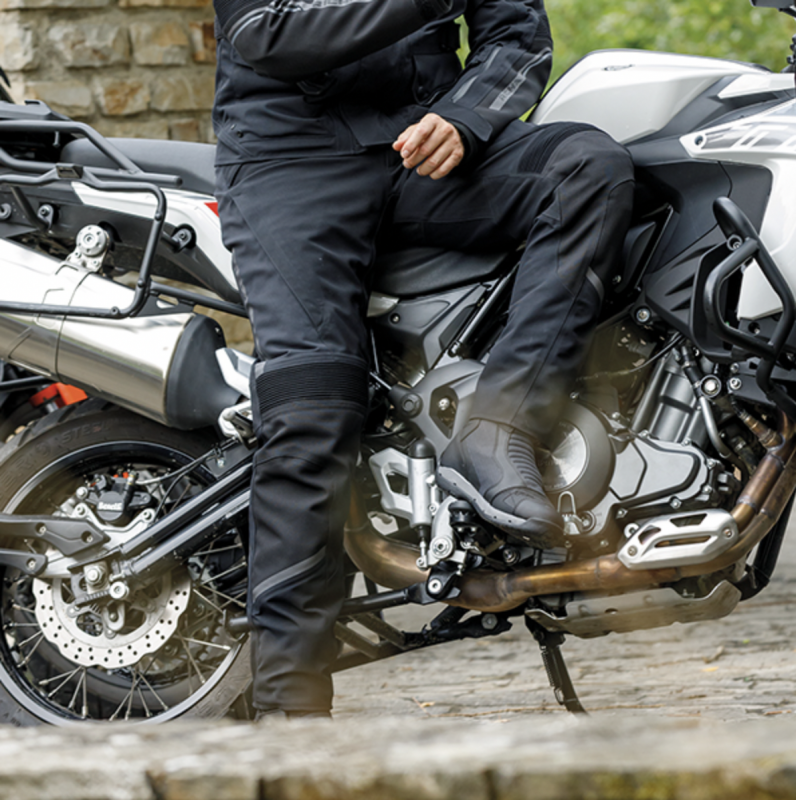
A good set of warm and waterproof trousers is a core way of making sure you stay toasty when you’re on the move. These Colorado Pro trousers from Richa have all of the ingredients you need, including a laminated outer shell to ensure you’re dry regardless of how heavy the rain gets and there’s a detachable thermal lining for additional warmth.
Even the zips are sealed and waterproof and a connection zipper at the waist allows you to easily attach a compatible jacket.
Furygan Ultra Spark – £239.99
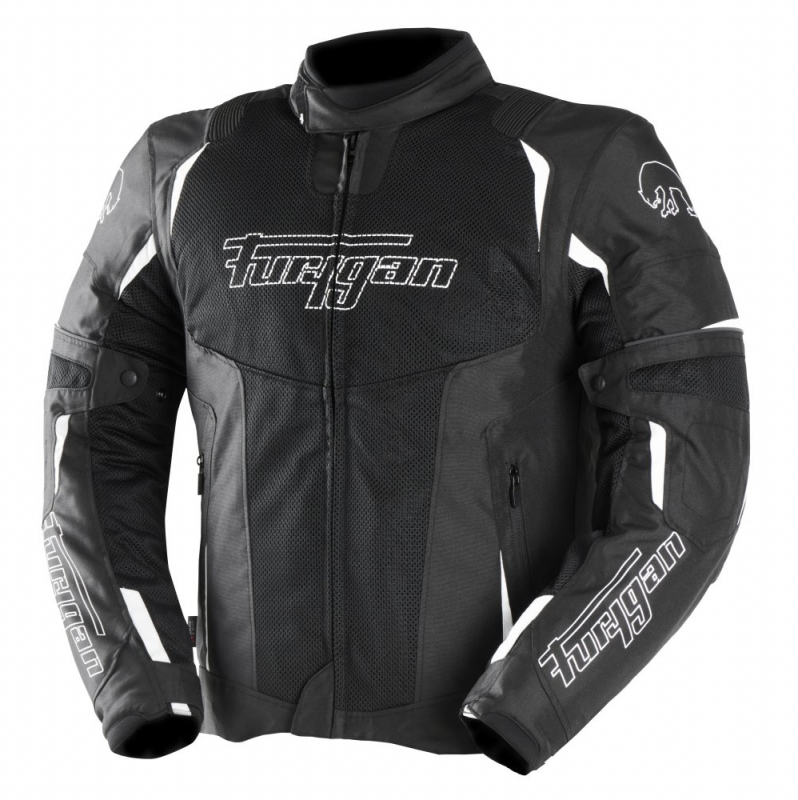
However, if you’re after a slightly more modern take on the motorcycle jacket, then Furygan’s Ultra Spark could be a good place to go. It’s a three-in-one jacket, too, bringing two liners which allow three jacket configurations – warm, waterproof and windproof.
Reflective inserts help to boost safety when riding at night, while D30 armour is located at the shoulders and elbows. Large ventilated panels mean that when the weather does once again turn warm, this jacket can still be used comfortably.
Richa Calgary boots – £129.99

But what about your feet? These Calgary boots from Richa have a more conventional look and feel to them, but incorporate some clever features that can help to keep things comfortable and safe when you’re out and about. There’s a clever membrane integrated into them to stop your feet from getting wet while a polyester lining will help boost warmth.
A chunky rubber sole brings added traction when you’re off the bike and CE protection bolsters the Calgary’s safety levels.
TCX Drifter – £329
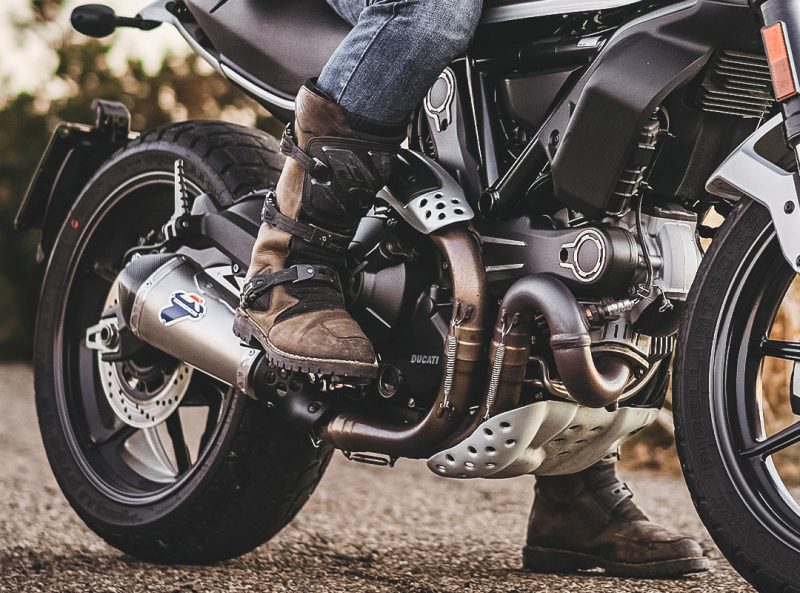
However, if you’re after a slightly taller boot then the TCX Drifter could be the ideal choice. With more than a hint of motocross style to them, the Drifters have a full waterproof lining while the adjustable buckles ensure a solid fit every time you put them on.
As well as reinforced shift panels, the Drifters also have a clever tread pattern which ensures you’ve got good levels of grip when you’re stood on the pegs or when you’re off the bike, too.

